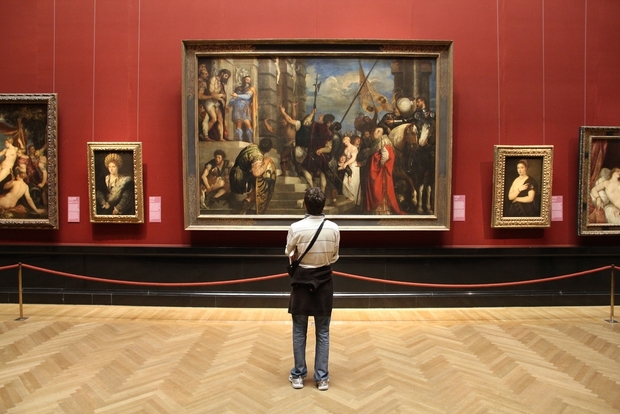Artwork adds a breathtaking layer to your home and impresses anyone who visits you. But what happens when it is damaged during a move?
It is an unpleasant thought to consider even for a slight moment. To save yourself from a good load of disappointment, be smart about how you pack your artwork during a move. It might seem a bit daunting at first but can be easily pulled off with a bit of planning.
Let’s go through some ideas about safely moving your fragile artwork!
Hire professional movers.
If you don’t want to read the rest of this article, you should consider hiring professional movers. Professional movers are there for a reason — they’ve done it a hundred times and know exactly the mistakes they should avoid while moving artwork.
But finding the right moving company can be challenging because there are so many out there, each with its own pricing, offers, quality of service, and terms and conditions.
That’s why it’s a good idea to use a dedicated moving website like Muval that allows you to compare different companies (in terms of pricing and reviews) and book one securely online.
Get the right boxes.
You might think packing artwork is pretty simple. But without adequate planning, it can backfire big time. So it is essential to pay close attention to the size and type of the storage boxes you use.
As a general rule, all storage boxes should be a bit bigger than the art piece you’ll use them for. This will help you add an extra layer of protection through padding. Boxes that are too tight make it challenging to add an insulating layer.
On the other hand, boxes that are too big will give the art piece too much room to move, increasing the chance of damage.
Here’s how you can add padding to your boxes in an environment-friendly way.
Note: light-weight art pieces like sketches, paintings, and single-piece ornaments can be kept in cardboard boxes but you should consider something more sturdy for storing heavier items.
We recommend wooden boxes. Since wooden boxes can’t tear down while storing bulky items, they make the entire moving process a lot safer.
Another big plus with wooden boxes is that they are more sustainable for the environment! If you’re having trouble finding boxes, you can try asking your movers. Many moving companies offer packing and padding materials in addition to moving services.
Get kitchen wrap for the fronts.
It’s easy to tear the paper frame of an art piece and damage its look during the moving process.
To avoid this, you can use kitchen wrap or aluminum foil to protect the face of your artwork. These provide an additional layer of insulation before you start the wrapping process and add padding.
Use bubble wrap and plain paper generously.
Wrapping with bubble wrap and plain paper is an effective way to limit unforeseen damage. When you have two layers of bubble wrap and plain paper covering your artwork, damage becomes unlikely.
However, it is crucial to wrap your items with plain paper and bubble wrap thoroughly. You must ensure that you use generous amounts of plain paper and bubble wrap (ideally twice the item’s size) to wrap an art piece.
Also, remember not to use newspaper as a substitute for plain paper because it can damage an art piece by leaving ink marks. It's much better to use newspaper for padding your items for the move.
Get frame corner protectors.
Picture frames are your most prized possessions. They can be customized family portraits, autographs from a celebrity, or your university degree. You want to ensure that they move from one place to another safely.
To achieve this, you can use specialized cardboard corner protectors. They are extremely easy to source — you can buy them online or learn to make them at home!
Label your boxes properly.
Depending on the items inside, make sure to label each box as fragile or non-fragile. This will caution movers to handle fragile boxes carefully, reducing the risk of damage. It’s also a good idea to label the boxes according to the room they belong to.
For example, if you pack all artwork in the master bedroom into two boxes, you should mention “Master Bedroom” on both of them. This will make unpacking safe because you’ll unpack your artwork right where it needs to go (and won’t have to carry it around the house).















.jpg)



.jpg)




0 Comments